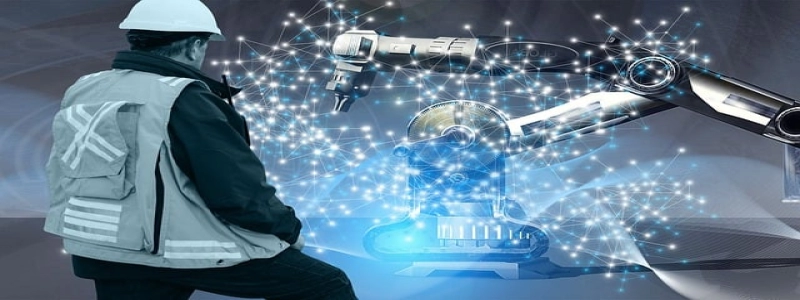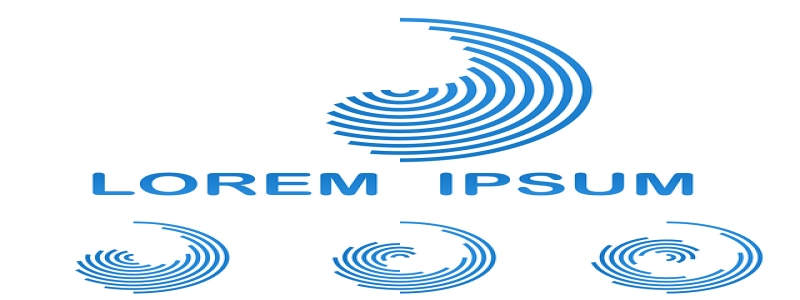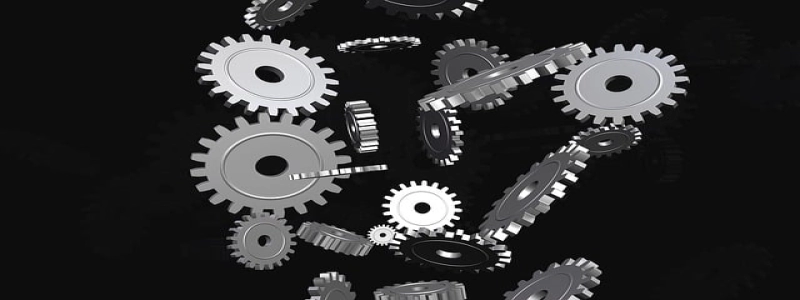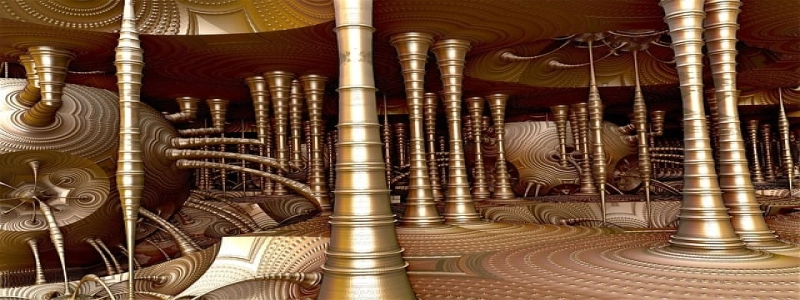Fiber Optic Cable Pros and Cons
I. Invoering
II. Pros of Fiber Optic Cable
A. High Bandwidth
B. Fast Data Transmission
C. Long Distance Transmission
D. Immunity to Interference
E. Security
III. Cons of Fiber Optic Cable
A. Installation and Maintenance Cost
B. Fragility
C. Compatibility
D. Limited Availability in Remote Areas
IV. Conclusie
I. Invoering
Fiber optic cables are a revolutionary technology that has transformed the telecommunications industry. They are thin, transparent strands of glass or plastic that can transmit data using light signals. These cables have gained popularity due to their numerous advantages over traditional copper cables. In dit artikel, we will explore the pros and cons of fiber optic cables.
II. Pros of Fiber Optic Cable
A. High Bandwidth
One of the major advantages of fiber optic cables is their ability to handle large amounts of data. They have a significantly higher bandwidth compared to copper cables, allowing for faster transmission and better overall performance.
B. Fast Data Transmission
Fiber optic cables transmit data at the speed of light, enabling extremely fast data transfer rates. This makes them ideal for applications that require real-time data transmission, such as video streaming, online gaming, and cloud computing.
C. Long Distance Transmission
Fiber optic cables can transmit data over long distances without a significant loss in signal quality. This is especially beneficial for telecommunications companies that need to connect distant locations efficiently.
D. Immunity to Interference
Unlike copper cables, fiber optic cables are not affected by electromagnetic interference or radio frequency interference. They are also immune to temperature changes, making them more reliable and consistent in data transmission.
E. Security
Fiber optic cables offer a high level of security, as they are difficult to tap into or intercept. Unlike copper cables, which emit electromagnetic signals that can be detected, fiber optic cables do not emit any signals, ensuring secure transmission of sensitive data.
III. Cons of Fiber Optic Cable
A. Installation and Maintenance Cost
One of the main drawbacks of fiber optic cables is the high cost associated with their installation and maintenance. The materials used in fiber optic cables are more expensive, and specialized equipment and expertise are required for installation and repair.
B. Fragility
Fiber optic cables are fragile and can be easily damaged if mishandled. They require careful handling during installation to avoid bending or breaking the delicate fibers.
C. Compatibility
Fiber optic cables are not currently compatible with all devices and systems. Some older devices may require adapters or additional equipment to connect to fiber optic networks, which can be an inconvenience.
D. Limited Availability in Remote Areas
Fiber optic cables are not readily available in remote or rural areas. The infrastructure required to install fiber optic networks can be costly, making it less economically viable in areas with low population density.
IV. Conclusie
Fiber optic cables offer significant advantages in terms of bandwidth, data transmission speed, long-distance transmission, immunity to interference, and security. Echter, there are also drawbacks such as high installation and maintenance costs, fragility, compatibility issues, and limited availability in remote areas. Despite these cons, the pros of fiber optic cables make them a crucial technology for the future of telecommunications.








